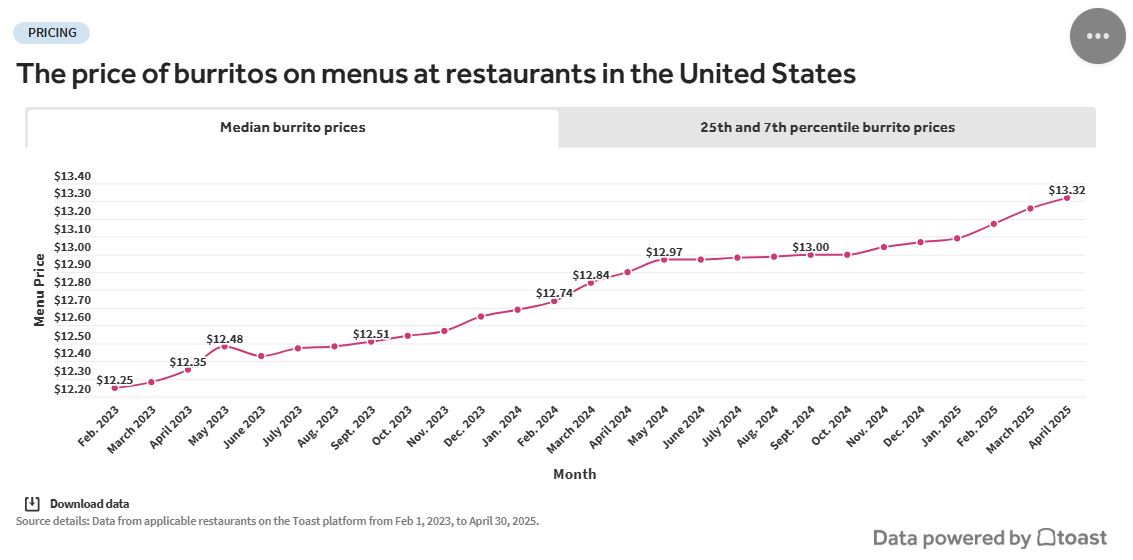Welcome to Blue Book!
Are you ready to join the thousands of companies who rely on Blue Book to drive smarter decisions? View our plans and get started today!
Still have questions? We’d love to show you what Blue Book can do for you. Drop us a line– we’ve been waiting for you.
“The competition is always strong,” Davidson affirmed. “In our marketplace, the biggest challenge is Walmart expanding, Whole Foods expanding, and Target carrying produce. For the terminal, that’s probably beneficial; when a major operation like Walmart opens in a new market, it’s a very different game.
“Canada is a totally different consumer market from the United States,” Davidson continued. “There will be growing pains, which provide opportunities for the specialists to help. Generally speaking, wholesalers are good produce people, so there is a likelihood that the big chains will be the ‘ear’ of the wholesalers to help them compete in the market.”
Recovering Restaurant Sales
As the economy improves, consumers are not only spending more on groceries, including fresh fruit and vegetables and convenient grab-and-go meals, but also returning to nearby restaurants. There are more than 81,000 restaurants, bars, and caterers in Canada according to the Canadian Restaurant and Foodservice Association, and over 30,000 of them are in Ontario.
Throughout the True North, these businesses bring in more than $65 billion annually, and more than a third of this revenue ($25 billion) comes from Ontarians. More importantly, wholesalers and growers supply these nationwide establishments with more than $23 billion in food and beverage products each year. In Ontario, this figure has climbed to more than $9 billion annually, as restaurant patrons continue to demand more fresh produce on menus. More than 7.5 million Ontarians visit a restaurant each day and eateries are finding that specialty fruits and vegetables, especially fusions of ethnic cuisines, are a hot trend.
Restaurants account for 4.0 percent of Canada’s GDP and employ 6.4 percent of the nation’s workforce. In Ontario, the figures are remarkably similar, with 3.7 percent of the province’s GDP attributed to restaurants and foodservice, and the sector claiming 6.3 percent of the workforce or 425,000 people directly tied to the industry. Another 90,000 jobs—including fresh produce growers, suppliers, and transporters—are indirectly related to away-from-home eating.
Demand for Ethnic Commodities
Part of the draw for both grocery chains and restaurants in Toronto is the ever-expanding population, forecast to grow from 6 million to 9 million people by 2036.
Torontonians are also the most ethnically diverse group in Canada, with 250,000 immigrants moving in each year and 46 percent of the city as non-Canadian.








